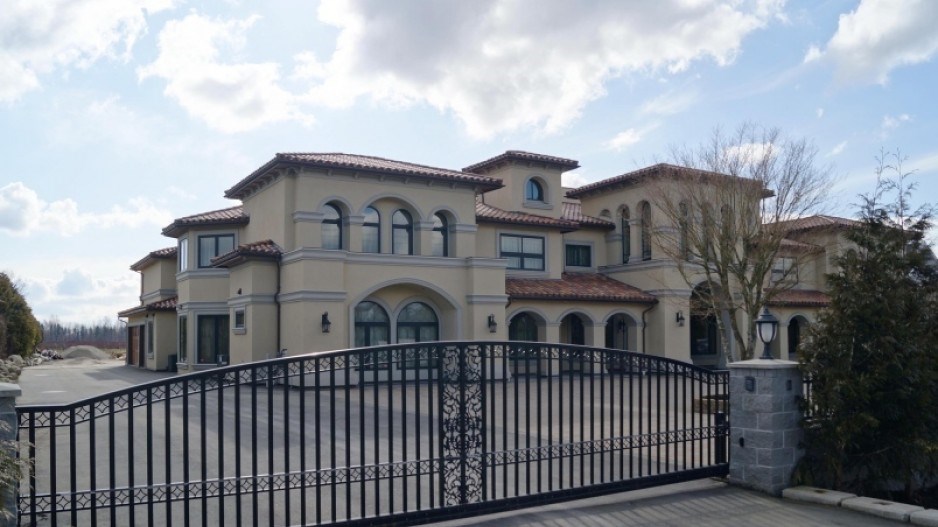Richmond’s Liberal MLAs say it’s time city council take stricter measures on house sizes in the Agricultural Land Reserve.
Richmond South Centre MLA Linda Reid says the majority of city councillors are sending mixed messages on protecting farmland by claiming they are stewards of the land while still allowing mega mansions to be built on such fertile soil.
“I don’t think you get to have a foot in each camp,” said Reid in an interview with the Richmond News in December.
The City of Richmond allows homes to be 10,760-square-feet in size, double the provincial Ministry of Agriculture guidelines (which are not enforceable on local municipalities).
“We have to do tons of work on how we preserve farmland. It’s huge,” said Reid.
“The fact we’re double in Richmond in terms of what’s allowable for house construction.
“And why? Why are we giving up gorgeous farmland? To have what the provincial guideline says, is to have about 5,000 square feet, but Richmond’s allowing 11,000 square feet. What in the world for? You can’t say how important farmland is and then allow that to go forward,” said Reid.
“All the other Lower Mainland municipalities have risen up and said their farmland is important. Richmond says it’s important but then takes a dramatically, diametrically opposed view,” added Reid.
Meanwhile, Richmond-Queensborough MLA Jas Johal also weighed into fray, questioning the rationale behind allowing such large homes.
Last year council heard from South Asian farmers, land owners and realtors, who argued such large homes are needed for multi-generational families who work on the farm.
“They (council) did hear from farmers . . . And I’ve heard from some of them, and they are my constituents, and they say, ‘look, they shouldn’t be imposing this on us.’ And my first question is, ‘why do you need to live in a house that’s 15,000 square feet?’ I just don’t personally understand that and I don’t necessarily buy the argument that South Asians have large families. Being South Asian, I’m sorry, most of us aren’t living in 12,000 square foot homes. But that’s their decision, so be it,” said Johal.
Both Reid and Johal maintain the position of the former B.C. Liberal government that municipalities should set parameters around house sizes.
“We believed then, and I think that we probably still do, that we trust municipalities to make the decisions for themselves. Am I leaning towards 5,000 square feet? Absolutely I am,” said Reid.
According to BC Assessment, mega mansions are driving up farmland prices and many see this as fuelling additional speculation.
Last year council (save for Couns. Carol Day and Harold Steves) voted in its new ALR house size bylaw against the recommendations of an independent report to council by Site Economics analyst Richard Wozny, who indicated about a 4,200-square-foot house size maximum would keep land values in balance with farmland use.
Coun. Bill McNulty, who sits on Metro Vancouver’s housing committee, has nevertheless acknowledged Wozny “one of the most recognized consultants in North America.”
The city is now preparing a second round of public consultation on the matter. All on council, save for Coun. Alexa Loo, voted in December to present the public with new bylaw options.
Simultaneously, the Ministry of Agriculture has set up an independent committee to review ALR policies, including house size bylaws. NDP Minister of Agriculture Lana Popham supported provincially-enforceable legislation as opposition critic but has deferred recommendations to the committee.




